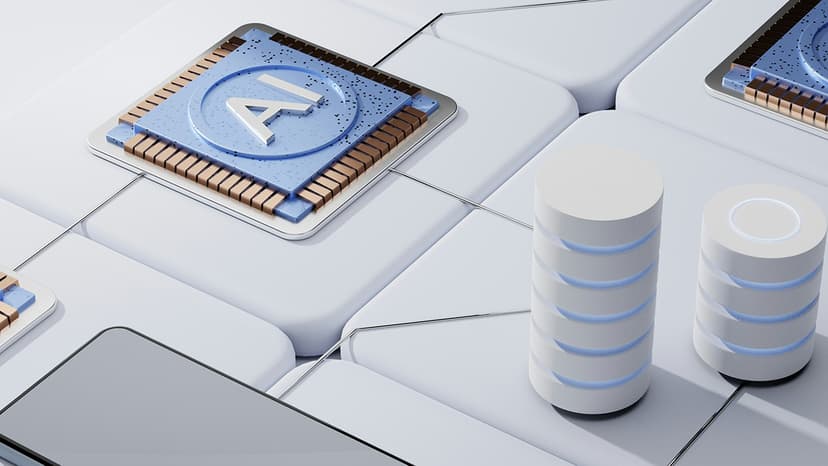Emotional AI: Enhancing Machines with Human-Like Emotion
What is Emotional AI and how does it improve human-machine interaction? This field, also known as Affective Computing, focuses on equipping machines with emotional intelligence. This enables them to understand, interpret, and respond to human emotions effectively.
Key Components of Emotional AI
-
Emotion Detection: Machines are being trained to recognize human emotions through facial expressions, vocal tones, and physiological cues. For example, algorithms can identify emotions like happiness, sadness, anger, and surprise. This allows machines to assess a person's emotional state and react accordingly, improving interactions between humans and machines.
-
Mental Health Applications: Emotional AI is finding a place in mental health services. Chatbots with Emotional AI capabilities can detect signs of anxiety or depression during conversations. They can provide appropriate resources or suggest seeking professional help, making mental health support more accessible.
-
Emotion Generation: Machines are also being programmed to express emotions. This allows them to communicate more effectively and connect with humans on a deeper level. This is particularly relevant in entertainment and gaming, where characters with realistic emotional responses enhance user engagement.
The Future of Emotional AI
Emotional AI has the potential to transform how machines interact with people. With emotional intelligence integrated into AI systems, machines can become more intuitive, empathetic, and responsive. This will lead to better user experiences across various domains. As this field develops, Emotional AI will increasingly influence our interactions with technology and improve human-machine relationships.












